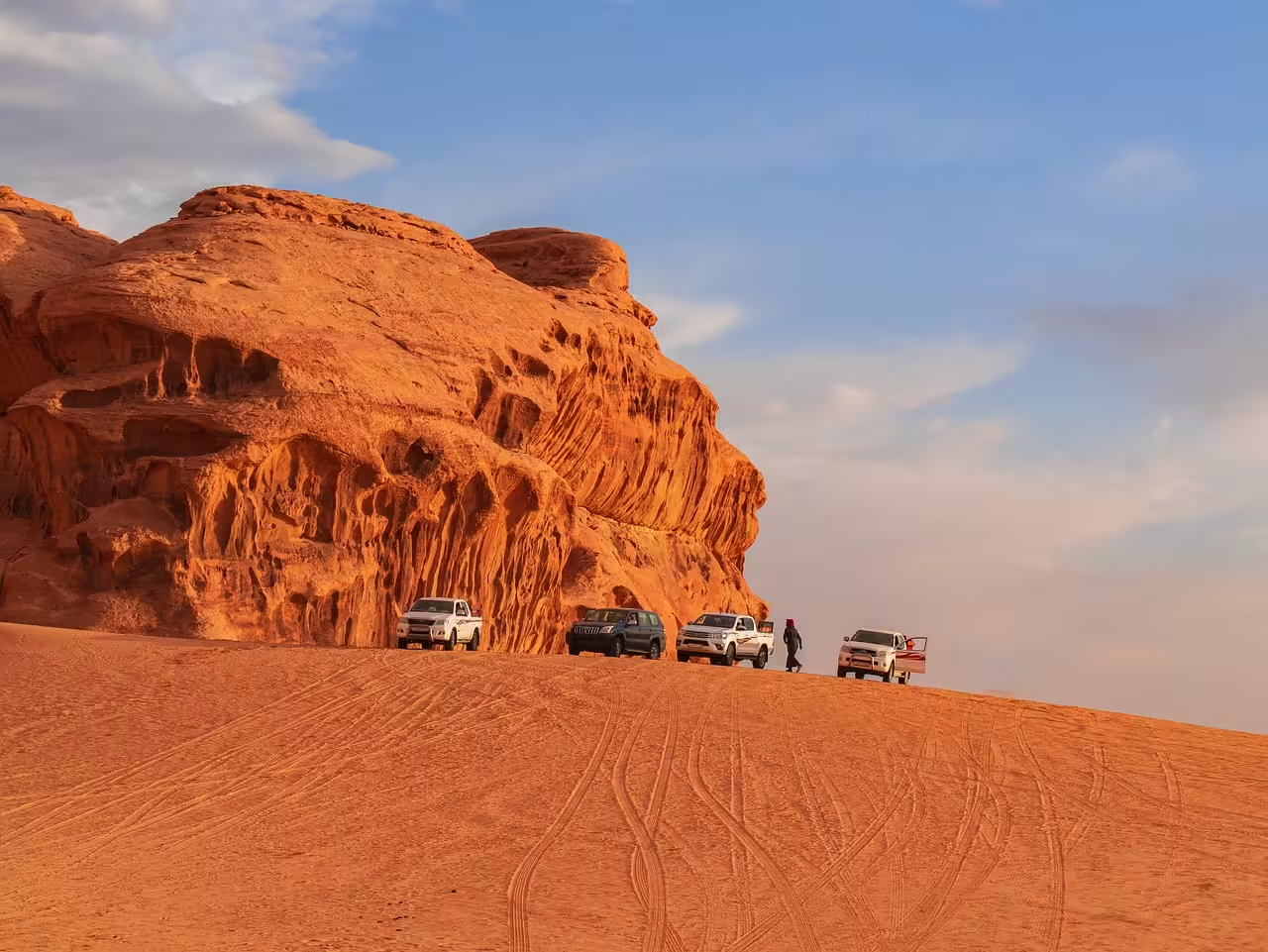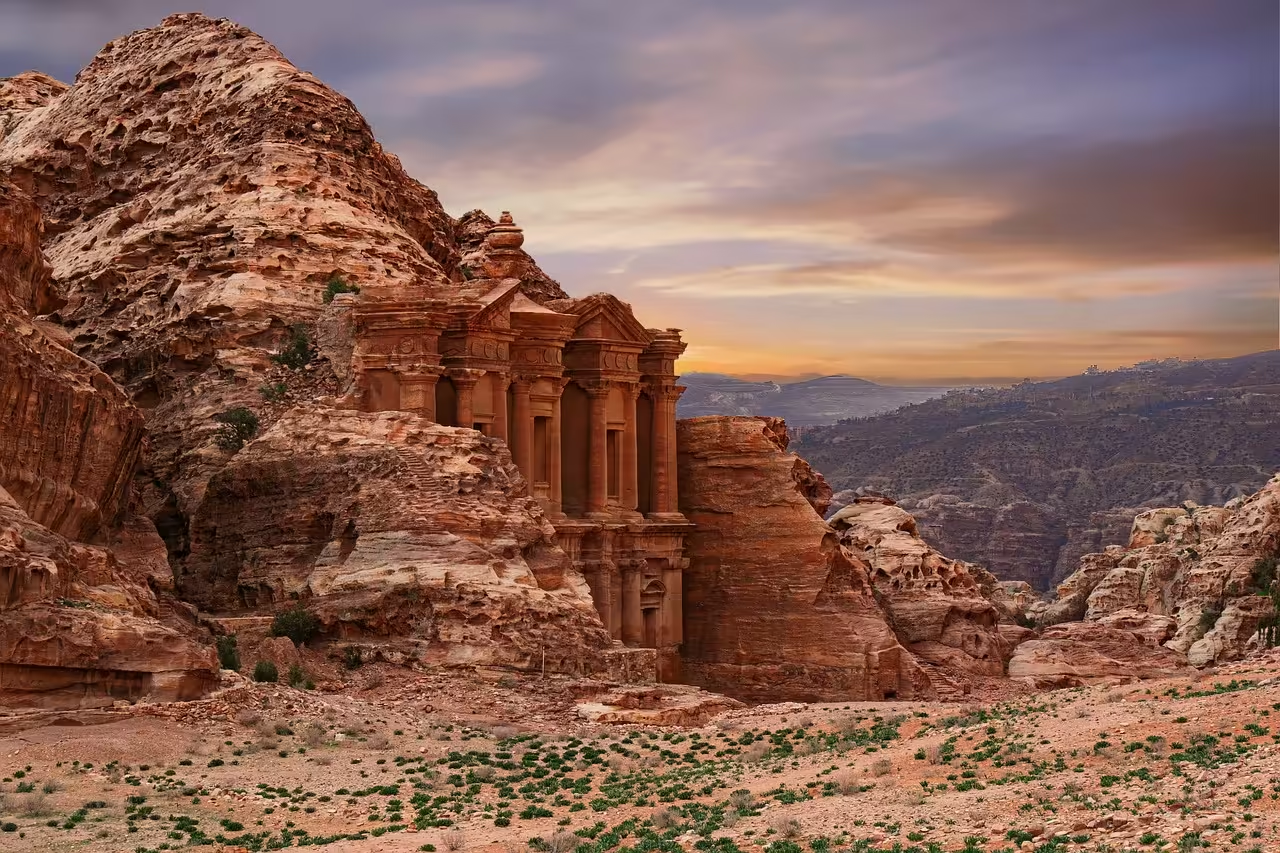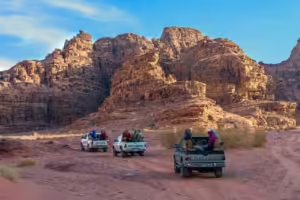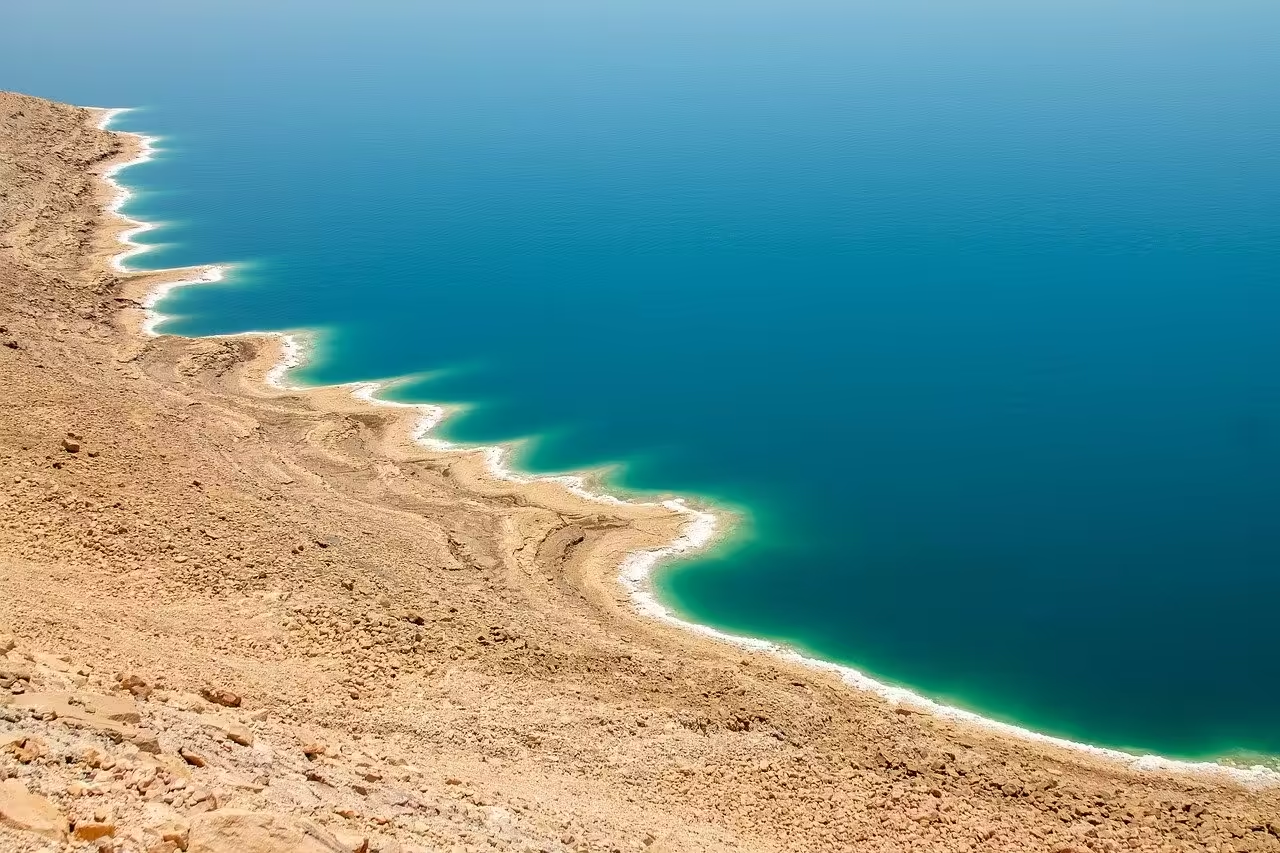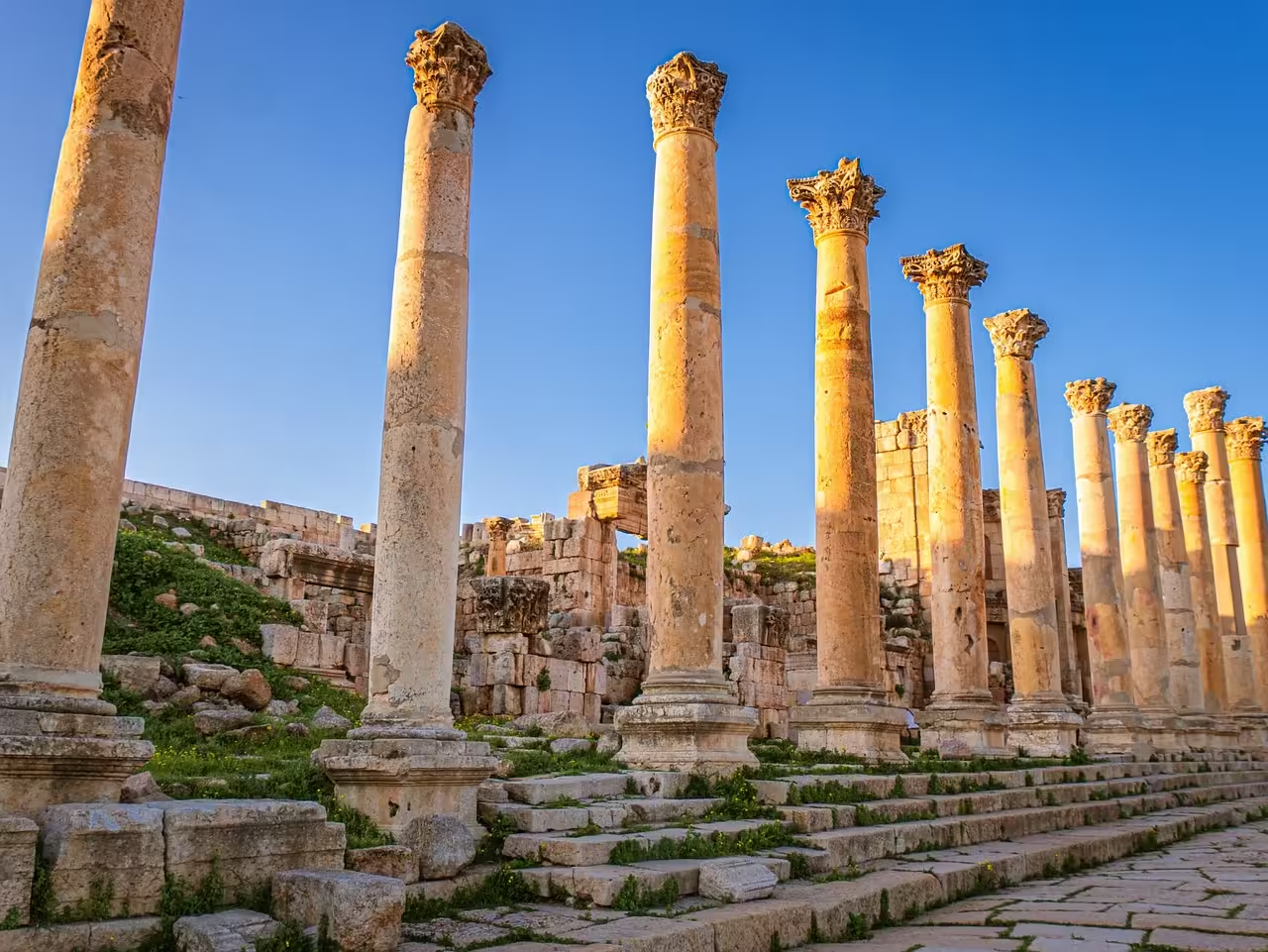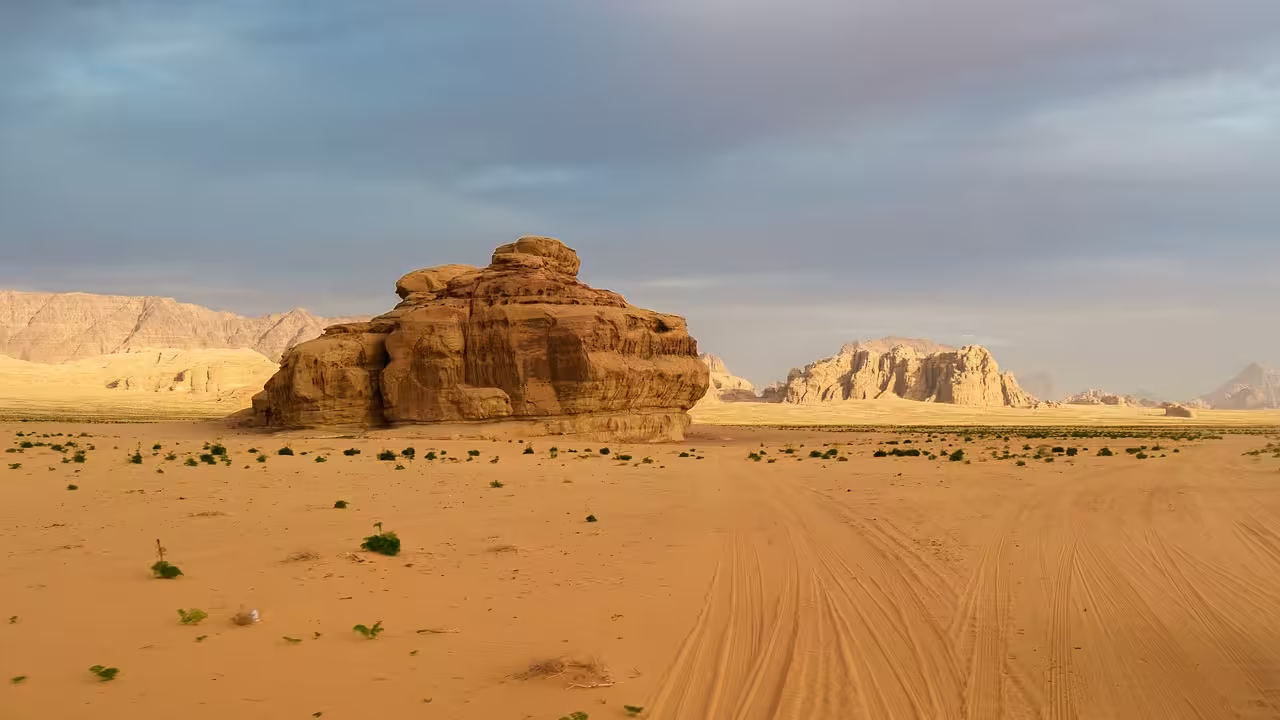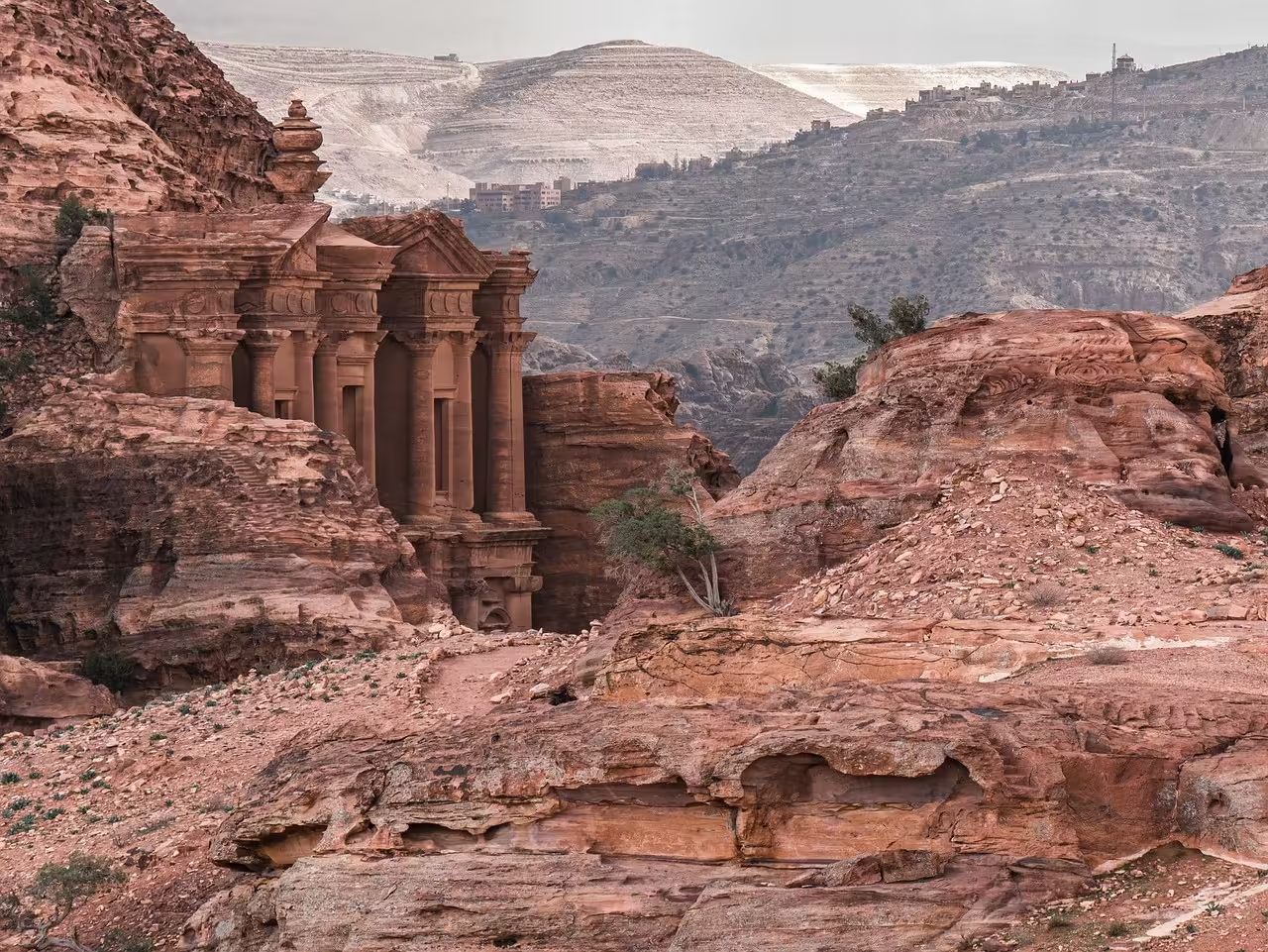What do on a holiday in Jordan?
Discover the Magic of Jordan Holidays
When you picture a holiday in Jordan, think of a land steeped in history, breathtaking scenery, and genuine hospitality. This destination offers an experience that blends culture, adventure, and tranquillity, making it unforgettable.
Begin Your Journey in Amman
Start your adventure in Amman, the vibrant capital where tradition meets modernity. Stroll through bustling souks filled with enticing aromas and lively chatter. Sampling local favourites such as falafel and shawarma is a delicious way to connect with Jordan’s culinary heritage. Every bite reflects centuries of flavour and tradition.
Take time to visit the Roman Theatre, a remarkable relic of Jordan’s past. Nearby, the Citadel offers panoramic views of the city, reminding visitors of Amman’s layered history. These sites provide a fascinating glimpse into the stories that shaped this region.
Petra: The Rose City Awaits
No Jordan holiday is complete without exploring Petra, the world-famous “Rose City.” Walking through the Siq, anticipation builds until the Treasury reveals itself in all its splendour. This awe-inspiring monument stands as a testament to human creativity and resilience. Spend the day wandering among tombs, temples, and amphitheatres, soaking in the serene beauty of this ancient wonder.
For an extraordinary experience, visit Petra at night. Lanterns cast a soft glow across the stone façades, creating an atmosphere that feels almost magical. It’s a moment of stillness that stays with you long after you leave.
Embrace the Desert in Wadi Rum
A short journey from Petra brings you to Wadi Rum, a desert of striking red dunes and towering cliffs. Whether you choose a jeep tour or a gentle camel ride, the vastness of this landscape invites reflection and adventure. Consider staying overnight in a Bedouin camp, where traditional hospitality and shared stories under a star-filled sky create lasting memories.
Float in the Dead Sea
The Dead Sea is another highlight of Jordan holidays. As the lowest point on Earth, its mineral-rich waters allow you to float effortlessly—a soothing reminder to pause and relax. Treat yourself to the therapeutic mud, celebrated for its rejuvenating qualities. This is more than a swim; it’s a restorative experience for both body and mind.
Explore Jordan’s Spiritual Heritage
Jordan’s biblical sites offer profound opportunities for reflection. Stand on Mount Nebo, where Moses is believed to have viewed the Promised Land, and feel a sense of wonder. At Bethany Beyond the Jordan, the Baptism Site of Jesus Christ provides a meaningful connection to faith and history, enriching your journey with spiritual depth.
Relax by the Red Sea in Aqaba
End your adventure in Aqaba, Jordan’s coastal gem along the Red Sea. Its vibrant marine life and colourful coral reefs make it perfect for snorkelling or simply unwinding on the beach. The relaxed atmosphere here contrasts beautifully with the excitement of earlier explorations, giving you time to reflect and recharge.
Why Jordan Holidays Stay With You
Jordan is a destination that welcomes everyone with warmth and openness. Its blend of ancient wonders, natural beauty, and heartfelt hospitality ensures every traveller leaves with cherished memories. Embrace the journey, because every moment in this remarkable land will linger long after your holiday ends.
PLACES TO VISIT IN JORDAN
The history of Petra, Jordan
Petra: A Timeless Jewel of Jordan Holidays
Petra is one of the world’s most extraordinary archaeological treasures, a city that reflects the brilliance of ancient civilisations. Hidden among rugged mountains and desert canyons, this UNESCO World Heritage site is often called the “Rose City” because of the warm pink tones of its sandstone cliffs. Its story begins around 312 BC when it became the capital of the Nabataean Kingdom.
The Nabataeans and Petra’s Rise
The Nabataeans, a skilled Arab trading community, carved Petra into the rock and transformed it into a thriving centre of commerce. Positioned along vital trade routes, the city linked Arabia, Egypt, and the Mediterranean, enabling the exchange of spices, silks, and luxury goods. Petra’s strategic location and advanced engineering turned it into a cultural and economic powerhouse.
Architectural Wonders of Petra
Petra’s architecture is nothing short of remarkable. The city is celebrated for its intricate rock-cut structures and ingenious water systems. The most iconic landmark is Al-Khazneh, or the Treasury, which appears dramatically as visitors emerge from the narrow Siq gorge. Despite its name, this masterpiece was likely a royal tomb rather than a treasury. Its ornate Hellenistic design reflects the Nabataeans’ exposure to diverse influences through trade.
Other highlights include the Monastery, an imposing structure perched high above the valley, and the Royal Tombs, which showcase elaborate carvings and grandeur. The amphitheatre, capable of seating thousands, offers a glimpse into Petra’s vibrant cultural life.
Ingenious Water Systems
Petra’s success in an arid environment was due to its advanced water management. The Nabataeans built dams, cisterns, and aqueducts to collect and distribute water efficiently. These innovations supported agriculture and sustained the population, proving their adaptability and engineering skill. Public baths and fountains dotted the city, serving both practical and social purposes, and highlighting the importance of water in daily life.
Decline and Rediscovery
Petra’s decline began in the 4th century AD after earthquakes and shifting trade routes weakened its economy. By the Byzantine era, the city was largely abandoned, though it remained a pilgrimage site for Christians. Over time, Petra faded from global memory until Swiss explorer Johann Ludwig Burckhardt rediscovered it in 1812. His accounts reignited interest and led to archaeological efforts that continue today.
Petra Today
Now recognised as one of the New Seven Wonders of the World, Petra attracts millions of visitors each year. Walking through the Siq and witnessing the grandeur of the Treasury transports travellers back in time. Modern research continues to reveal new insights into Petra’s past, ensuring its story remains dynamic and relevant.
Petra is more than an ancient city; it is a testament to human creativity and resilience. For anyone planning holidays to Jordan, exploring Petra is an experience that combines history, beauty, and wonder in a way few places can match.
Jordanian Culture
Jordanian culture is a rich tapestry shaped by centuries of history, diverse influences, and enduring traditions. At its core lies the Bedouin heritage, which continues to define the spirit of hospitality and community. Traditionally nomadic desert dwellers, Bedouins are celebrated for their generosity and warmth. Guests are welcomed with Arabic coffee or tea and the familiar phrase “Ahlan wa sahlan” (welcome), reflecting the deep-rooted value of kindness in Jordanian society.

